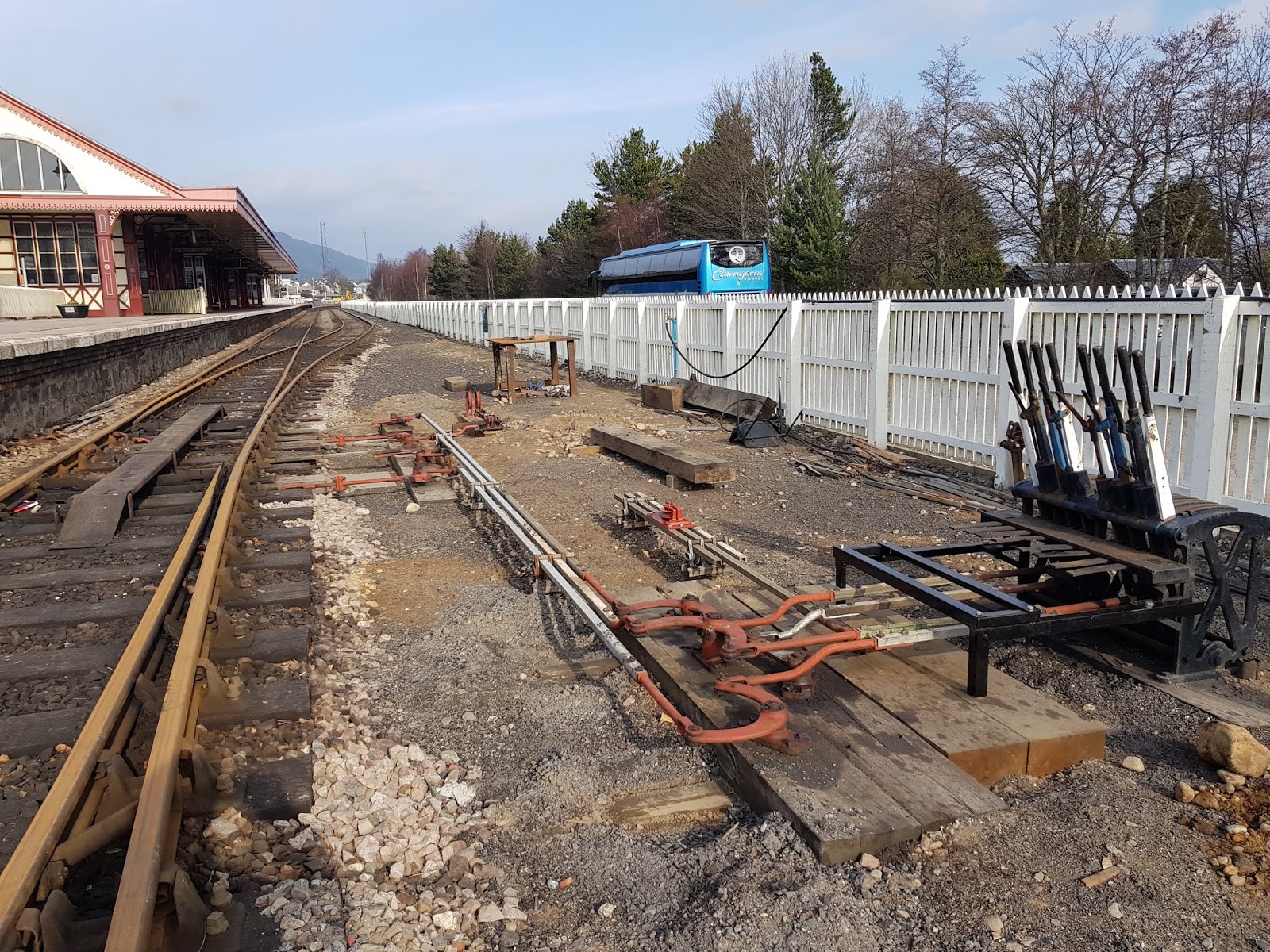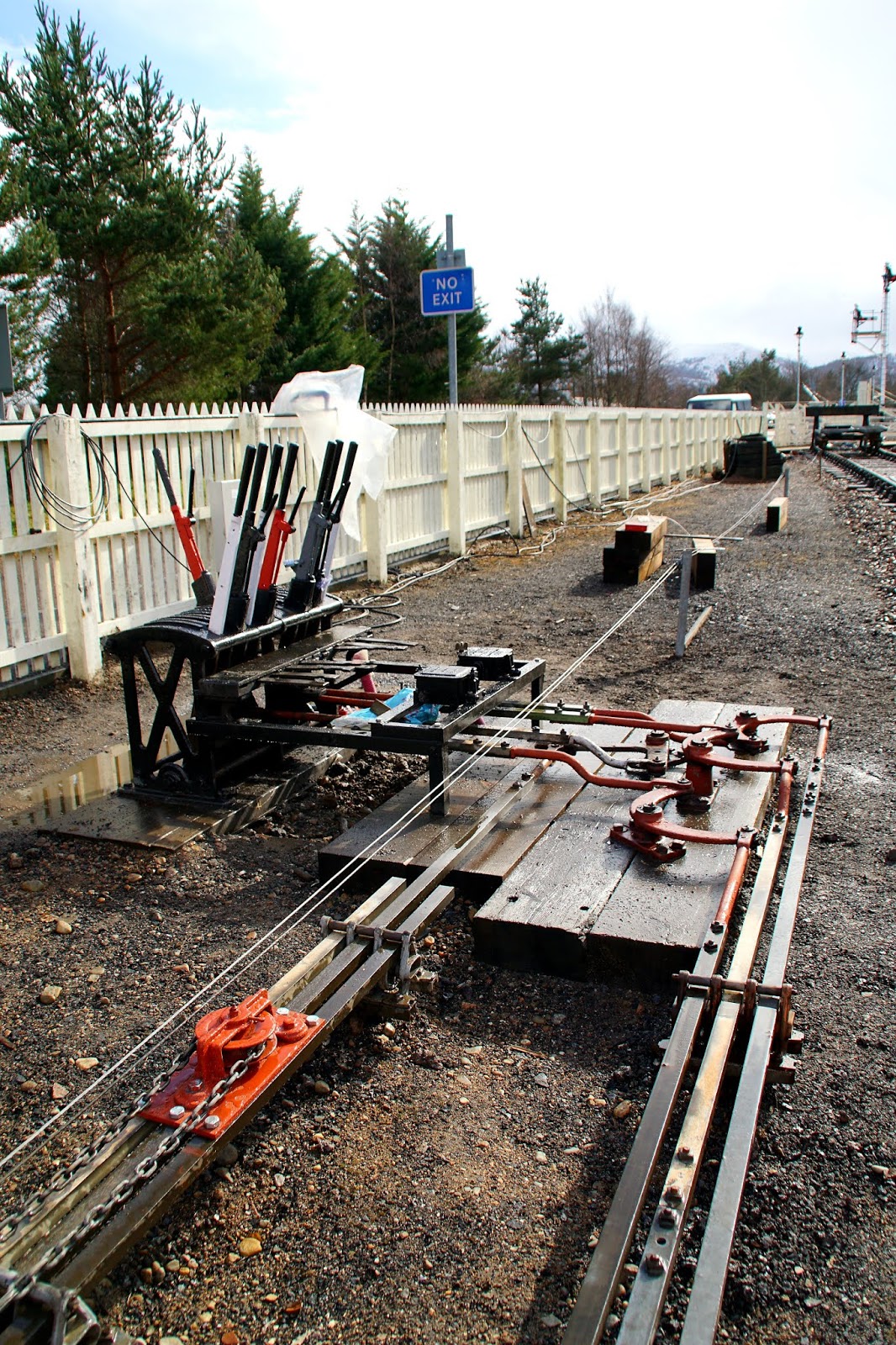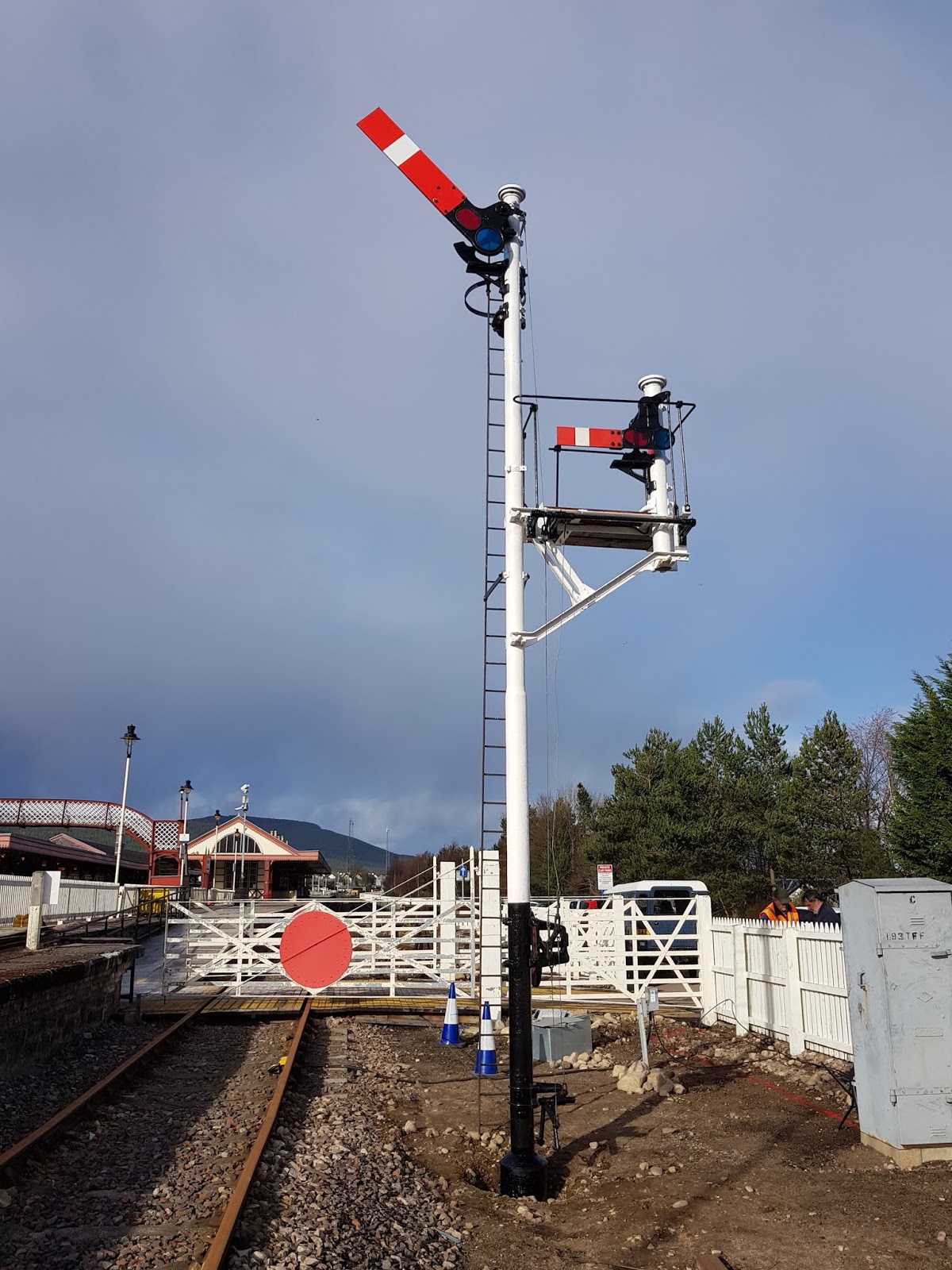
LNERGE
-
Posts
3,614 -
Joined
-
Last visited
Content Type
Profiles
Forums
Blogs
Gallery
Events
Exhibition Layout Details
Store
Posts posted by LNERGE
-
-
30 minutes ago, 5BarVT said:
Interesting con box take off from the front of the disc on the deck!
Paul.
It’s ex Marks Tey. They were all like that. The elevated replacement will be a bit more subtle.
-
 1
1
-
-
Like the disc on the tubular post. Here’s mine from yesterday lol…

-
 4
4
-
-
On 16/09/2022 at 11:54, Michael Hodgson said:
My first vehicle in the Genesis range arrived this morning - an (unlit) BR Staff Riding Van. Only one departmental van as I wanted to see what this range looked like before committing to rakes of coaches.
Thoughts? Pleasing little vehicle, and it has the finely moulded luggage nets in the passenger part of the van - that struck me as a bit improbable on an old carriage relegated onto occasional use on a breakdown train. You can hardly see the nets with the roof on anyway, and I wondered whether there would even have been seating left in the middle compartment whose windows are blanked out. Sensible business decision not to do a different seat moulding just for this livery though.
I like the way the roof clips on.
The optional (fit it yoursef) additional footboard is a good idea - I think it's appropriate to fit it to this van, as climbing in and out at ground level is what this van is all about, whereas I wouldn't bother for some other liveries. Surprised it's not mentioned in the instruction leaflet for idiots though.
The ends are the same colour as the body - would black have been more likely? Without digging into books or photos, I've no idea. All over red is certainly plausible, and as it's a generic anyway, you'd probably find both if you did do research. So do what you want is justified here.
I like the way the centre axle slides, although in an ideal world I would have preferred a Cleminson. The option to remove that axles altogether and convert it to a four-wheeler is a good idea, but I don't see me downgrading any van from six to four.
Lighting? I had decided at the outset that the additional £6 wasn't worth paying, still less the idea of adding a DCC decoder to control it - you don't see carriage lights in daytime and I don't run in the dark. But it's a fair price for that optional extra if you wanted it.
Accuracy to prototype? Well most of my life I've had under-scale length representations of Mk 1s, RTR wagons on inappropriate chassis with negligible brake detail - so what's so new about generic coaches? These are visually much better, and elderly though I am, I don't remember 6-wheelers so have no personal recollection of relevant prototypes anyway.
Overall - yes, I am impressed so I will go on to order some of the other liveries in this range, although I seem to have missed out on the LMS ones I would have liked. I would have thought the big four are the liveries most likely to warrant a second run in due course. Normally I would include BR in that, but perhaps not for 4- and 6-wheelers.
I too went for something similar but with lights. They are rather bright. I fear the only easy way to dim them will be by fitting a decoder. A super little model though. It has run round my layout faultlessly despite many gradient changes etc. The only other six wheeled vehicle I have is a Stove R. I had to modify the centre axle arrangements to get that to run reliably.
Well done Hattons.
-
 2
2
-
-
It was an unusual train inasmuch it was all vans but the timing was the thing that stood out. Class 6 to class 8 time. Also by 1981 it was the only train booked out of the siding at Ely North Junction, my big signalbox in the garden.. I’m currently looking through my working timetables to refresh my memory.
-
 2
2
-
 1
1
-
-
There was a very regular traffic flow from.Ely North Junction to Exeter. 6V59 ran to class 8 timings and consisted entirely of vans. I suspect it ran from Wissington, Saddlebow or Takeley as required also with other destinations. The product carried was Beetnuts. A byproduct of the sugarbeet process and used as cattle feed.
-
Hi Rob
Many thanks i'll PM you.
-
I'm looking for a Vitrains coupling assembly for a class 47. It seems to be held in with two screws and has springs etc..
-
I have a working mechanical searchlight at home and all the bits to make another that will most probably be at the MNR. The bits came from the last one in use at Littlebury
-
 2
2
-
-
2 hours ago, 5BarVT said:
Just been admiring the cost saving elegance of the design here. I suspect ‘another railway’ wouldn’t have done all of it in the same way. Called an auto distant because that’s exactly what it is - follows the arm of 18 - including if the arm sticks off it is irregularly pulled off by pway tools being laid on the inner distant’s signal wire! Approach lit to save power (I think it might be operated by cells with no mains supply). The resistors in the circuits are a clever way of saving line wires (copper was expensive even then) by running two circuits over one wire.
For Jonathan’s benefit, the phrase he is looking for is “that’s a lovely pair of pyrometers”.
Not been on here for a very long time (as the date of the quotes shows). What were you wanting to know?
Paul.
There is a certain innocence with the the control circuit. Judging by later circuits i have they soon found it needed a bit more. I include something direct from the controlling device via the arm to do anythin behind. I could direct you to a place that still has such simple circuitry. The signal was powered by accumulators trickle charged by dry cells. This is really early days of doing stuff in remote locations. This is the only circuit i have that includes a five position indicator.
-
 1
1
-
 1
1
-
 1
1
-
-
-
-
-
33202 again.. getting ready to leave for the K&ESR

-
 9
9
-
-
3 hours ago, DavidBird said:
Here seen during istallation, the floating pulley wheel mounted on the channel rodding, crank to the lever frame and the point detectors for the facing point beyond.
Here after installation, the pulley wheel with chain, the ends of the chain are attached to the wires to the point detector, the return wires from the detector to the signals passing over the whole assemby to the signals seen in the background. Also note the detector boxes on the GF, which interface with the NR Inverness signalling centre.
Yes, it was a very wet day that day! Two of us ended up being tentpoles for a piece of tarpaulin to shelter the innards of the dis-box from the worst of the weather as it was being wired up!
And the signals that are both controlled from the GF lever 5, the main arm reads to the platfrom and the small arm to the loop, depending on the setting of the points. Formerly from Forres.
For more see here
http://ontrackatstrathspey.blogspot.com/2019/03/s-progress-at-aviemore-1617-march-2019.html
A nice robust looking job.
-
 1
1
-
 2
2
-
-
I have another to do soon. 5 is selected by 8 and 10 disc reads both ways.. Conflicting notches to watch out for.

-
 10
10
-
-
Here's one i made earlier..

-
 12
12
-
 1
1
-
 2
2
-
 1
1
-
-
On 18/07/2022 at 16:45, Steve Smith said:
That would be very kind of you! The distance between the centres of the bolt heads at the end would be a useful sense check for the scale of my 3D model. Then perhaps the length of the slots and their distance from the toe for the throws. The only drawing of a Stevens frame that I could find was of the Scottish variant, and does look different to the London version.
Although late in the design process, I can make changes until the STL files go off to the printer.
Sorry just seen this. Out installing a point machine tomorrow. I’ll sort it Friday.
-
 1
1
-
-
One of my boxes at home has a Stevens frame if you need pictures or measurements.
-
 1
1
-
-
-
Will we see Danny the dumper running down a train of Grampus wagons with the ends down and the spare bits stowed in the cages under the wagons? <G>
-
-
2 hours ago, Rivercider said:
The Bristol Temple Meads parcels pilot ran with a semi-permanently attached CAR for many years.
Here is one photo from Flickr with a battery tail lamp in 2002
cheers
That’s the picture I’ve seen. The brake van attached to the pilot at Bristol was for track circuit issues much like 03’s and a conflat. I’ve now found some on flask trains but in later liveries. When did battery electric tail lamps start to be used?
-
I'm looking for pictures of this type of bake van with battery electric tail lamps. One found so far.
-




















Bird Strike
in UK Prototype Discussions (not questions!)
Posted
I was on a 365 that assisted a 313 once…